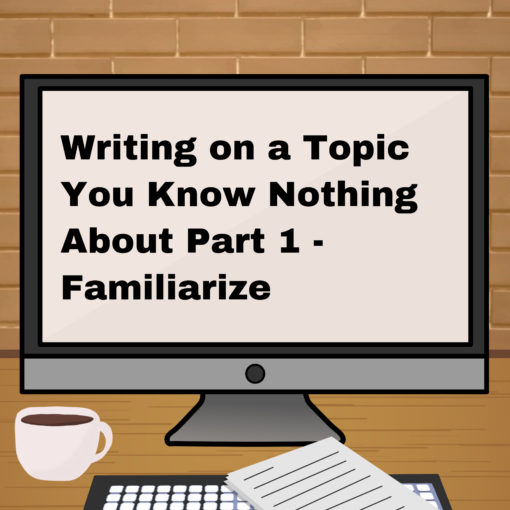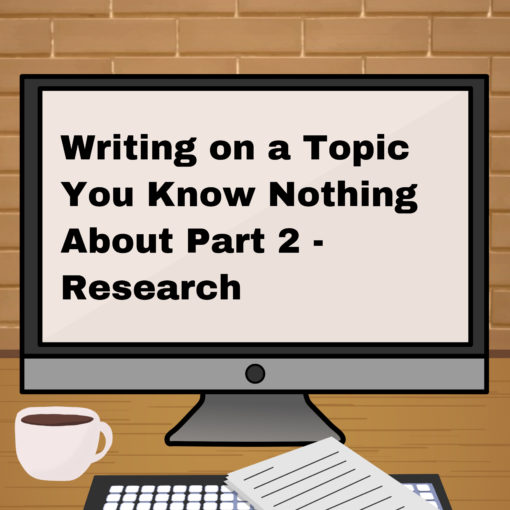Writing Content Part 1 – How to Start Writing
As a good friend of mine sometimes says (most often early in the morning), “words are hard.”
This is especially true when it comes to sitting down to write. As I’ve mentioned previously, I do a lot of research. Not just for these posts and to make sure I’m giving folks good info, but also just for my own personal information. How to start writing can be a tough one – there are more ways to start than I can possibly list. So I’m just going to explain one of the things that works best for me.
How to Start Writing
The method I use most often is to give myself a prompt. Almost like being back in high school. A great example is the prompt my son just wrote a paper on: if you could go anywhere in the world, where would you go, what would you do, and why?
Seems silly to use this example, but it’s actually perfect.
Who? You. You are going somewhere.
What? What are you going to do, see, etc.
Where? Where are you going?
Why? Why do you want to see or do these things?
When? There’s no when in this prompt, it’s a given- the when is now.
Giving yourself a prompt works for online content
Writing a prompt for the article or blog post you’re about to write really works. An example of a prompt for this post that you’re reading now is: what do you want to tell your readers about how you start writing and why does it matter?
Who? Who are you writing for? Consider your audience.
What? What are you trying to say, explain, or sell? Think about your end goal, and maybe whether or not you’re trying to tie it in to your audience’s search intent (link here to other post)
Where? Where are you hoping to send your audience? Further into the rabbit hole of your website, to your products page, etc. For this one, sometimes the where is simply right here. For this post, I wanted my audience here, reading this and hopefully learning something about the writing process.
Why? Why is your information relevant to your audience- why does anyone care? Explaining the benefits within your post shows your readers you’re thinking about their needs.
When? Again, the when is right now. Especially when it comes to online content. People are looking for information that’s relevant to their “right now.”
Prompt done, now what?
Once a prompt has been written, it’s time to draft. Personally, I just write whatever comes to mind, doing some research here and there if needed for that particular piece.
If there’s part of the article I know isn’t quite accurate or think needs more information or detail conveyed beyond what I’ve written (or want to write), I look it up and source the most authoritative information I can find. One thing I try absolutely avoid, is sending my audience to websites or articles that I wouldn’t bother reading or don’t trust.
I don’t worry too much about grammar or article setup. Those things come in the editing and revising stages (which we will discuss in future posts).
While writing, keep in mind any keywords or phrases you’d like to incorporate into the piece. SEO can be modified later on, but keeping it in your head as you write will help later.
How to start writing with a prompt – the benefits
There are so many benefits to kicking off writing a piece with a prompt. It helps determine what questions need to be answered as you write. It gives an idea of what (if anything) may need to be researched and sourced. A good prompt can help make sure you’re sticking with the question you initially asked… and possibly tying it back to your readers’ search intent. And finally, it helps keep you on topic as you’re actually writing.
Once you’ve finished writing, the next step is editing. Learn more about editing and why it’s important today!
Happy Writing!




